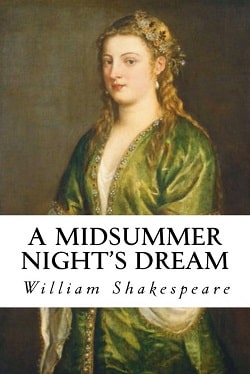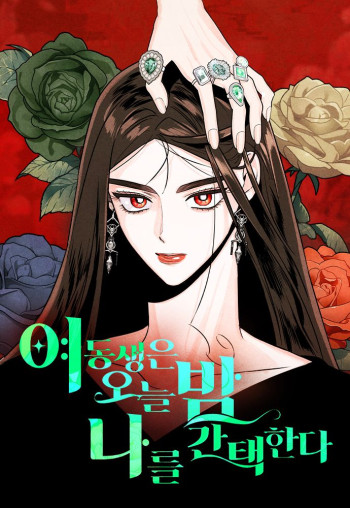William Shakespeare's A Midsummer Night's Dream is a masterful exploration of love, illusion, and the complexities of human relationships, all set against the enchanting backdrop of an Athenian forest. This comedic play, written in the late 16th century, remains one of Shakespeare's most beloved works, captivating audiences with its intricate plot, whimsical characters, and profound themes.
At the heart of the narrative are four young Athenians—Hermia, Lysander, Helena, and Demetrius—who find themselves entangled in a web of love and confusion. Hermia loves Lysander, but her father insists she marry Demetrius, who is in turn pursued by Helena. The tension escalates as the four characters flee to the forest, where the mischievous fairy Puck, under the orders of Oberon, the fairy king, uses magic to complicate their relationships further. This leads to a series of humorous misunderstandings and chaotic love triangles, showcasing Shakespeare's keen understanding of the follies of love.
One of the most striking themes in A Midsummer Night's Dream is the nature of love. Shakespeare presents love as a powerful, often irrational force that can lead to both joy and chaos. The characters' experiences reflect the idea that love is not always straightforward; it can be fickle and subject to external influences, as seen when Puck mistakenly causes both Lysander and Demetrius to fall for Helena. This theme resonates with readers and audiences alike, as it mirrors the complexities of real-life relationships.
Another significant theme is the contrast between reality and illusion. The enchanted forest serves as a liminal space where the characters confront their desires and fears, often blurring the lines between what is real and what is imagined. The use of magic, particularly through Puck's interventions, emphasizes the idea that perception can be manipulated, leading to confusion and revelation. This theme is particularly relevant in today's world, where social media and technology often distort our understanding of reality.
Character development is another area where Shakespeare excels. Each character undergoes a transformation, particularly the four lovers. Hermia's determination to defy her father's wishes showcases her strength and independence, while Lysander's unwavering love for Hermia highlights the idealistic nature of young love. In contrast, Helena's insecurities and Demetrius's initial cruelty reveal the darker sides of love and desire. By the end of the play, the characters have evolved, learning valuable lessons about love, loyalty, and self-worth.
Puck, the quintessential trickster, embodies the play's whimsical spirit. His playful nature and clever wordplay provide comic relief while also serving as a catalyst for the unfolding drama. Puck's famous line, "Lord, what fools these mortals be!" encapsulates the essence of the play, reminding audiences of the absurdity of human behavior. His role as a mediator between the human and fairy worlds adds depth to the narrative, as he navigates the chaos with a sense of mischief and insight.
The play's structure, with its interwoven plots and subplots, mirrors the tangled relationships of its characters. The inclusion of the "rude mechanicals," a group of amateur actors, adds a layer of meta-theatricality, allowing Shakespeare to comment on the nature of performance and art. Their earnest yet comical attempts to stage a play within the play serve as a humorous counterpoint to the more serious themes of love and desire, ultimately reinforcing the idea that love, like theater, can be both a source of joy and a spectacle of folly.
Shakespeare's use of language in A Midsummer Night's Dream is nothing short of poetic. His clever wordplay, puns, and lyrical dialogue create a rich tapestry of sound and meaning that enhances the play's themes. The rhythmic quality of the verse, particularly in the exchanges between lovers, evokes the passion and urgency of their emotions. Lines such as "The course of true love never did run smooth" resonate with audiences, encapsulating the play's exploration of love's challenges.
In terms of its overall impact, A Midsummer Night's Dream has endured through the centuries, remaining a staple of both academic study and theatrical performance. Its themes of love, illusion, and transformation continue to resonate with contemporary audiences, making it a timeless exploration of the human experience. The play's ability to blend comedy with deeper philosophical questions sets it apart from other works of its time and even from modern narratives.
When compared to other stories that explore similar themes, such as Jane Austen's Pride and Prejudice or Charlotte Brontë's Jane Eyre, Shakespeare's play stands out for its fantastical elements and comedic tone. While Austen and Brontë delve into the societal constraints surrounding love and marriage, Shakespeare embraces the chaos and unpredictability of romantic relationships, allowing for a more playful exploration of the subject.
In conclusion, A Midsummer Night's Dream is a rich and multifaceted work that invites readers to reflect on the nature of love, the interplay between reality and illusion, and the transformative power of relationships. Shakespeare's masterful character development, clever use of language, and intricate plot structure create a timeless narrative that continues to captivate audiences. Whether experienced on the stage or through the written word, this play remains a celebration of love's complexities and the joy of human connection.
























Reviews 0
Post a Reviews: